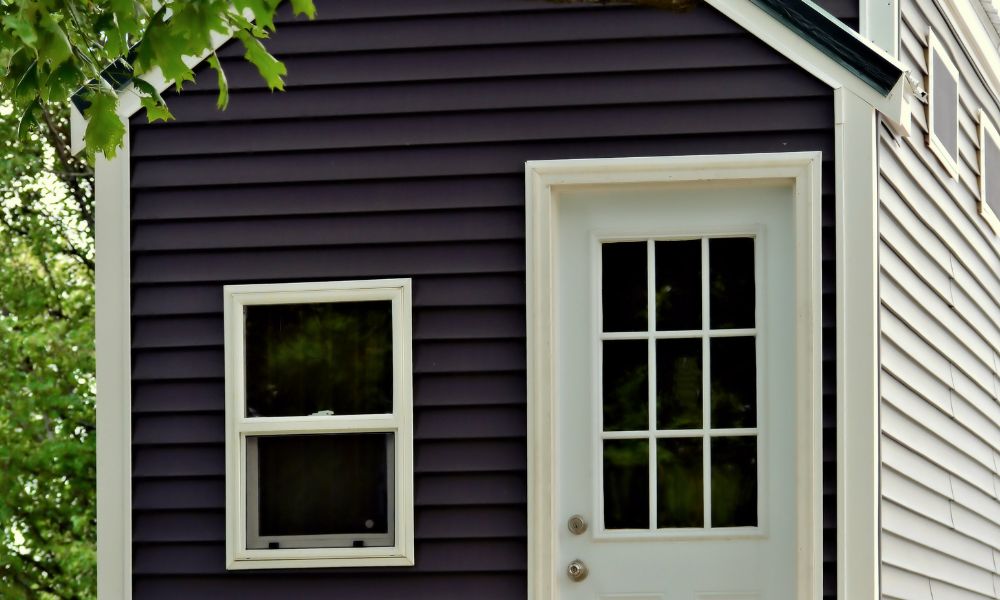
 press-releases
press-releases 
Living in a tiny home comes with a unique opportunity to enhance sustainability in our living spaces. As a tiny home resident, I am continuously exploring ways to further reduce my environmental footprint. While the compact nature of tiny homes is sustainable, you can make your tiny home even more sustainable in multiple ways. I’ve found these techniques have helped me further embrace green living in my life. Check out my tips below!
Elevate your tiny home’s sustainability by prioritizing eco-conscious materials in construction and renovation projects. I recommend using the following eco-friendly materials if you need to do some work on your tiny home:
These mindful material choices reduce the ecological footprint of your home but also cultivate a healthier indoor space for you. I’ve found that when you incorporate these eco-friendly practices, a greener and more beautiful living space is inevitable.
Elevating your space and investing in a lift bed allows you to take advantage of all your space and make it multi-purpose. Instead of leaving home to garden, go to work, or exercise at the gym, I’ve found that I can do everything at home and avoid worsening my carbon footprint. While I don’t recommend becoming a hermit, pursuing sustainability is easier when you elevate your space and make it more multi-purpose. Space-saving is important in every home, but space-saving in your tiny home is especially important, both for making your space more comfortable, and more sustainable.
Revamping your tiny home’s interior with repurposed furniture injects character and champions sustainability. It’s easy to find some older furniture pieces that you can refurbish and give new life to your tiny home. This thoughtful approach adds a unique touch to your living space but also reflects a commitment to eco-conscious living. I’ve been repurposing older furniture for years; it helps me save money and create a personal connection with my space. Refurbishing older furniture can help you create a sustainable sanctuary that tells a story of care and environmental responsibility.
While the indoor square footage of a tiny home may be limited, the outdoor spaces present a boundless canvas for embracing sustainable living practices. You can start growing some of your food, bringing a greater sense of fulfillment and sustainability to your space when you embrace the outdoors. I’ve only been gardening for a little while, but the little I’m doing is still a great way to reduce reliance on store-bought goods and minimize packaging waste and transportation emissions.
Living sustainably in a tiny home is a journey of continual improvement and innovation. You can significantly elevate the environmental impact of your tiny home when you find ways to make your tiny home even more sustainable like I have. Fostering a greener, healthier living environment can be easy when you know what you’re doing.
24World Media does not take any responsibility of the information you see on this page. The content this page contains is from independent third-party content provider. If you have any concerns regarding the content, please free to write us here: contact@24worldmedia.com